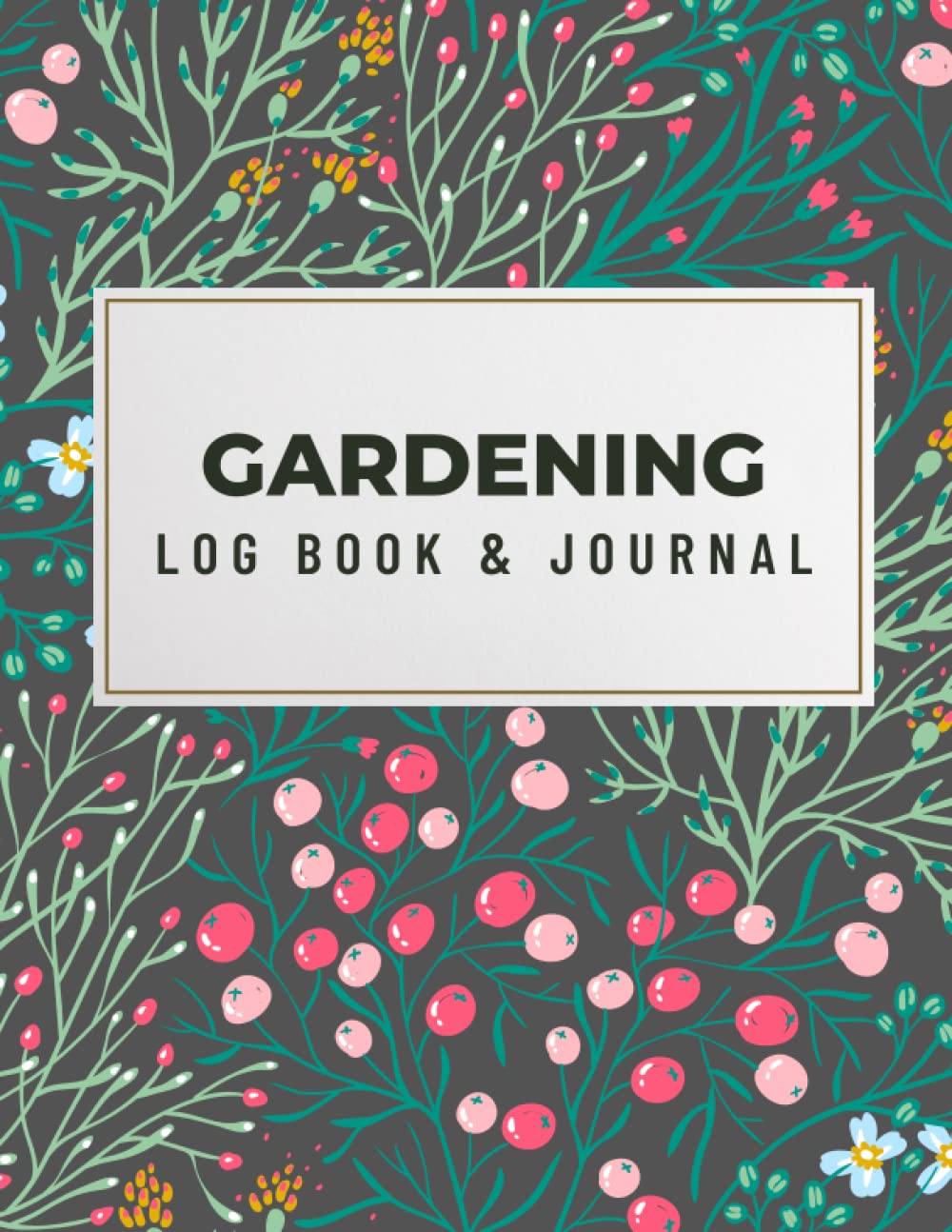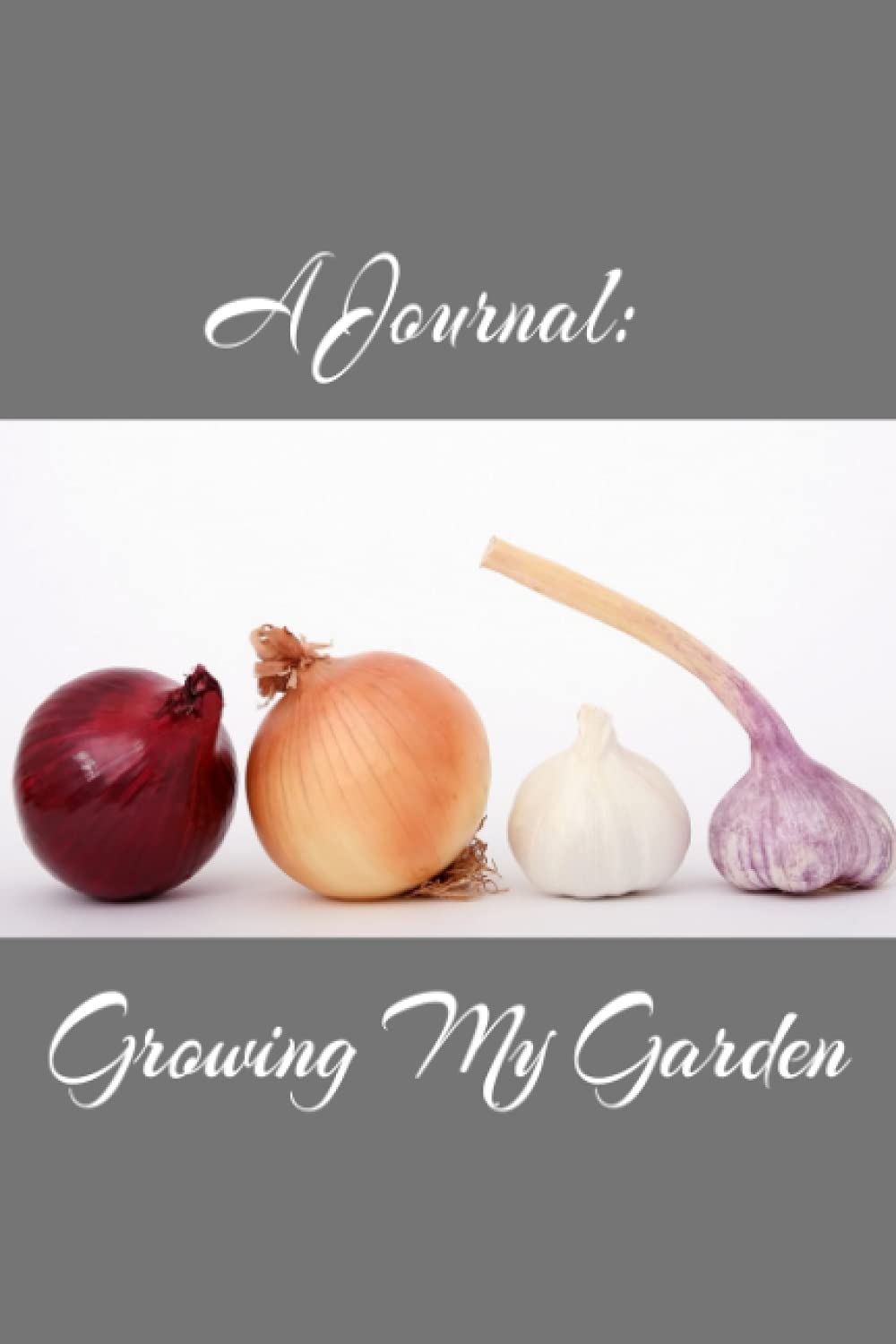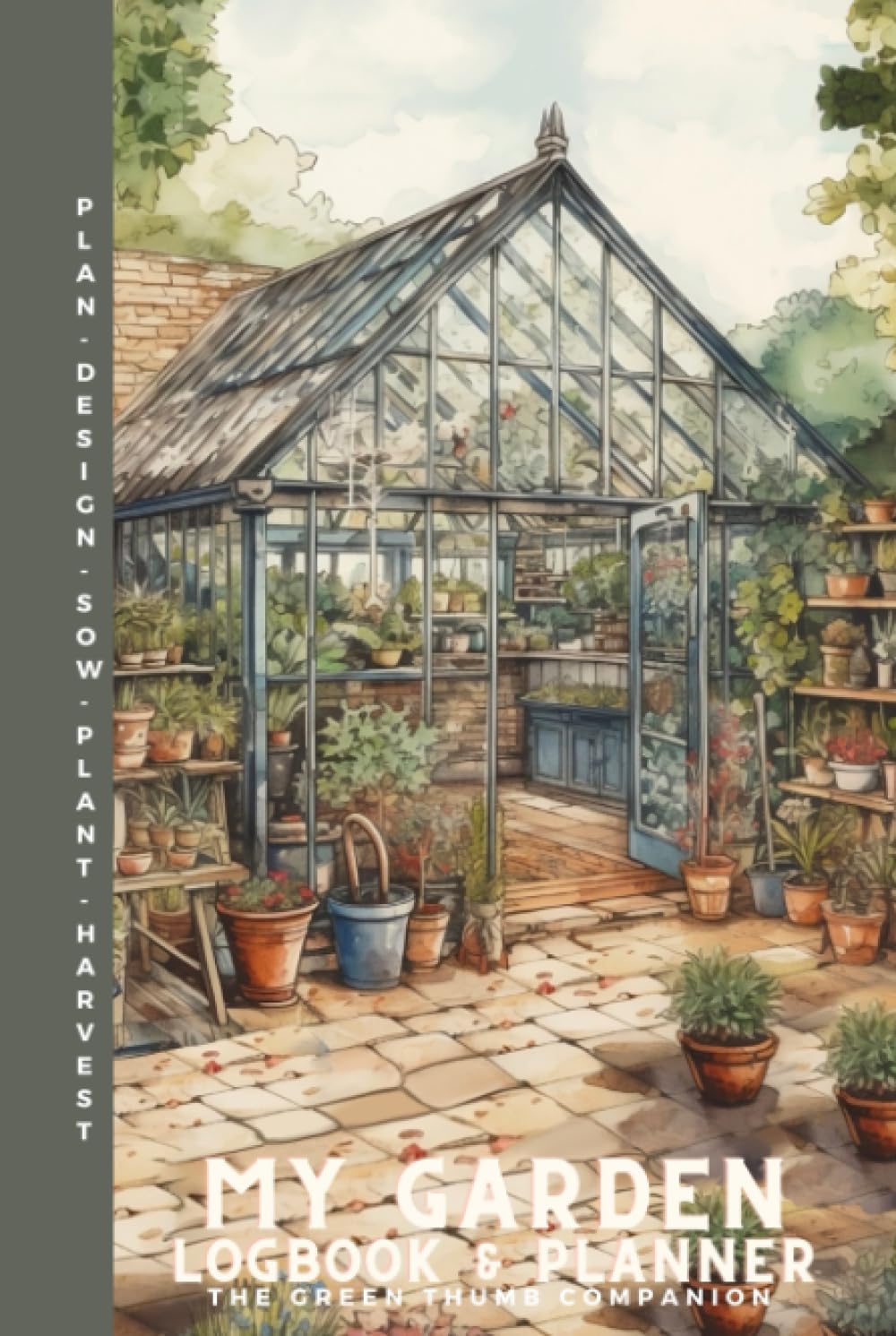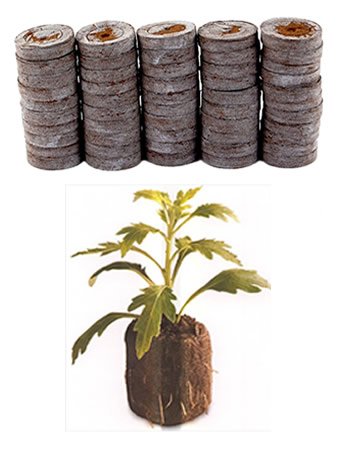Best Gardening Journals to Track Your Progress: Top 5 Options for 2025
We independently select all products and services. If you click through links we provide, Plant Native may earn a commission with no extra cost to you.
Gardening journals are invaluable tools for plant enthusiasts and green thumbs alike.
These specialized notebooks allow gardeners to document their horticultural journey, track plant growth, and plan future garden layouts. By keeping detailed records, gardeners can learn from past experiences and improve their skills over time.
A well-designed gardening journal typically includes sections for recording planting dates, weather conditions, and maintenance tasks.
Some journals also feature space for sketching garden layouts or pasting in photos of plants at various stages of growth. This combination of written and visual information helps gardeners create a comprehensive record of their garden’s progress throughout the seasons.
When choosing a gardening journal, it’s important to consider factors such as paper quality, durability, and organization.
Waterproof or water-resistant pages can be particularly useful for outdoor note-taking. Additionally, look for journals with enough space to accommodate your specific gardening needs, whether you’re tending to a small herb garden or managing a large vegetable plot.
We researched and tested numerous gardening journals to find the best options for tracking your garden’s progress and planning future growth.
Best Gardening Journals to Track Your Progress
We’ve curated a selection of top-quality gardening journals to help you document your green thumb adventures. These journals offer various features to record plant care, growth progress, and garden plans, making them essential tools for both novice and experienced gardeners.
Suck UK Garden Handbook
We highly recommend this versatile gardening journal for both novice and experienced gardeners seeking to track their horticultural journey.
Pros
- Comprehensive 300-page organizer
- Durable fabric-bound hardcover
- Versatile templates and blank sections
Cons
- May be too structured for some
- Limited color options
- Slightly bulky for portable use
The Suck UK Garden Handbook is a well-crafted tool for gardeners of all levels.
Its 300 pages offer ample space for recording planting plans, ideas, and growing secrets. The fabric-bound hardcover ensures durability, making it a long-lasting companion for outdoor use.
We appreciate the thoughtful layout, which includes templates for various gardening tasks. These pre-designed sections make it easy to organize information about different plants, track growth progress, and plan seasonal activities. The blank areas are perfect for attaching photos or sketching garden layouts.
During our use, we noticed the handbook’s versatility. It works equally well for tracking indoor houseplants as it does for managing larger outdoor gardens.
The 6.5 x 9 inch size strikes a good balance between portability and writing space. While it might be a bit bulky for some, we find it’s still manageable to carry around the garden.
Garden Progress Tracker
This comprehensive journal is an essential tool for gardeners seeking to organize their efforts and maximize their garden’s potential.
Pros
- Spacious layout for detailed notes
- Includes planning sections for future seasons
- Durable paperback construction
Cons
- Limited to 111 pages
- No color illustrations or photos
- May be too large for pocket carry
We found the Garden Journal And Log Book to be an invaluable companion in our gardening adventures.
Its generous 8.5 x 11-inch pages provide ample space for jotting down observations, sketching garden layouts, and tracking plant growth.
The journal’s organization is thoughtfully designed, allowing us to plan for upcoming seasons while reflecting on past successes and challenges. We appreciate the sturdy paperback cover, which holds up well to frequent use in the garden.
One aspect we particularly enjoy is the ability to record specific details about each plant variety. This feature has helped us refine our choices year after year, leading to more bountiful harvests.
The journal’s simplicity also encourages consistent use, making it easy to maintain a comprehensive record of our garden’s progress.
Garden Design Notebook
We recommend this planner for gardeners who want a simple tool to sketch layouts and track plantings, though it has some limitations.
Pros
- Ample graph paper for plot layouts
- Lined pages for notes and planting records
- Large 8.5 x 11 inch size
Cons
- Basic design lacks advanced features
- Only 75 pages total
- Some quality control issues reported
This DIY Garden Design Planner provides a straightforward way to plan and document your garden.
We found the graph paper pages useful for sketching out bed layouts and visualizing plant spacing. The lined sections gave us space to jot down important details like planting dates and care instructions.
At 8.5 x 11 inches, the notebook is a good size for carrying out to the garden or spreading out on a table for planning sessions. The paperback format keeps it lightweight and portable.
With 75 total pages, there’s room for multiple garden designs and seasons of notes, though prolific gardeners may fill it quickly.
We appreciated the simple, no-frills approach, but noticed the planner lacks some helpful features found in more comprehensive garden journals. The basic paper quality and binding were adequate for occasional use. A few buyers reported quality control issues, so we’d recommend checking your copy carefully upon arrival.
Garden Progress Tracker
We recommend this gardening journal for its user-friendly design and comprehensive tracking features that help gardeners optimize their plant care routines.
Pros
- Spacious layout for detailed notes
- Durable paperback construction
- Includes sections for various garden aspects
Cons
- Limited to 70 pages
- No color illustrations
- Might be too basic for expert gardeners
We found this gardening journal to be a practical tool for keeping tabs on our garden’s development.
The 6×9 inch size fits comfortably in hand and provides ample space for jotting down observations and plans. Its lightweight design makes it easy to carry around the garden while we work.
The journal’s 70 pages offer a good starting point for casual gardeners. We appreciate the structured format that guides us through tracking different aspects of our garden. It prompts us to record essential information like planting dates, watering schedules, and pest control measures.
During our use, we noticed the paper quality holds up well to repeated handling and light moisture exposure. The simple, no-frills layout keeps us focused on our garden’s progress without distractions. While it may lack fancy features, this journal serves its purpose effectively as a straightforward record-keeping tool for green thumbs of all levels.
The Green Thumb Companion
We recommend this comprehensive gardening journal for enthusiasts looking to organize their planting, growing, and harvesting activities.
Pros
- Spacious 6×9″ size for ample note-taking
- Hardcover design for durability
- 204 pages provide plenty of tracking space
Cons
- May be bulky for carrying to the garden
- Limited color options
- No pre-printed plant guides included
The Green Thumb Companion offers a robust solution for gardeners seeking to document their horticultural journey.
Its hardcover construction stood up well to our outdoor use, protecting the pages from moisture and dirt. We appreciated the generous 204-page count, which allowed us to track multiple seasons without needing a replacement.
During our testing, we found the 6×9″ format strikes a nice balance between portability and writing space. It’s compact enough to tuck into a garden tote but provides ample room for detailed notes and sketches. The paper quality impressed us, holding up to various writing implements without bleed-through.
We particularly enjoyed using this logbook to plan our vegetable rotations and record harvest dates. It’s a valuable tool for reflecting on past successes and learning from previous seasons. While it lacks pre-printed plant guides, we found this absence allows for more flexibility in customizing entries to our specific gardening needs.
Buying Guide
When choosing a gardening journal, we recommend considering several key factors:
Paper Quality
Look for acid-free paper that will preserve your notes and sketches over time. Thicker pages resist bleed-through from pens and markers.
Durability
A sturdy cover protects your journal from dirt and moisture. Waterproof or water-resistant options are ideal for outdoor use.
Layout
Choose between blank, lined, dotted, or grid pages based on your preferences. Some journals offer a mix of page styles.
Extra Features
Consider journals with:
- Pockets for storing seed packets or receipts
- Plant care guides
- Monthly/seasonal planning sections
- Weather tracking logs
Size and Portability
Select a size that balances writing space with ease of carrying to the garden. Smaller journals fit in pockets, while larger ones offer more room for detailed notes.
Binding
Spiral-bound journals lay flat for easy writing. Stitched bindings are more durable but may not open as wide.
Number of Pages
We suggest choosing a journal with enough pages to last through your growing season or year.
This table summarizes key features to consider:
| Feature | Importance |
|---|---|
| Paper Quality | High |
| Durability | High |
| Layout | Medium |
| Extra Features | Medium |
| Size | Medium |
| Binding | Low |
| Page Count | Low |
By prioritizing these factors, we can select a gardening journal that best suits our needs and preferences.







